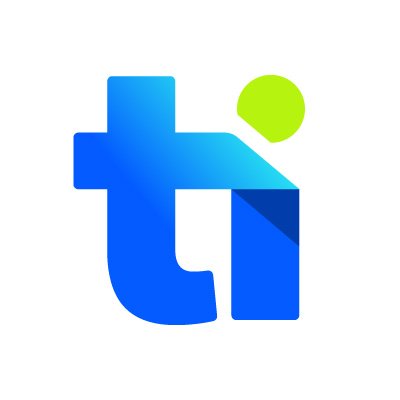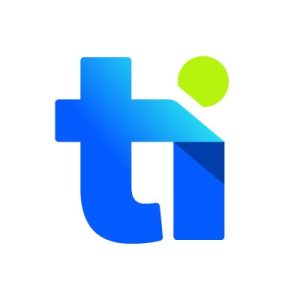The term “domain hack” might initially suggest cyber attacks or domain theft. However, it actually refers to the clever use of domain names and zones to create unique and memorable web addresses. A domain hack involves combining a domain name with its zone to form a single word or phrase, such as app.ly or get.it.com. Here, “hack” denotes an inventive solution, similar to a “life hack.”
Creating a memorable domain name that is easy to write and reflects a brand’s identity is crucial for businesses. Domain hacks can achieve this by generating short and distinctive domains that capture user interest. These creative combinations stand out and are easier to remember than conventional website names.
Choosing a domain hack involves a few key steps. First, survey available Top-Level Domains (TLDs) and third-level domains. While legacy TLDs like inter.net and pla.net have been used since the 90s, newer TLDs and third-level domains often offer greater availability. Aim for a catchy name that is easy to spell and remember. Once you have a name, proceed with the domain registration, keeping in mind that different TLDs have unique requirements. For example, registering a .NO domain requires residency in Norway.
Domain hacks offer several advantages for businesses. They combine creativity and memorability, adding a playful element to a website’s identity and reinforcing its connection to a brand. From a marketing perspective, domain hacks can be a strategic asset. Even if a business already has an established domain, acquiring a clever domain hack and redirecting it to the primary site can enhance marketing efforts. For instance, Netflix uses the Spanish TLD .ES for movi.es, which redirects to its main site. Additionally, domain hacks can serve as direct calls-to-action (CTAs) within the domain itself, such as fill.it.com, encouraging specific user actions. Shorter domain names also tend to perform better in search engine rankings and are more effective for social media promotion due to character limits.
However, domain hacks also come with potential drawbacks. Search engine rankings can vary across different TLDs, particularly country code TLDs (ccTLDs), which may not rank well if the target audience is outside the TLD’s country. It is advisable to research the compatibility and performance of specific country codes with search engines like Google. Some new TLDs have been exploited by malicious actors, resulting in decreased trust and indexing by Google, so caution is necessary when selecting these domains. Striking the right balance between creativity and clarity is essential, as overly creative domains might lead to confusion, such as apply.ly.
In conclusion, domain hacks can greatly benefit businesses by enhancing brand recognition, driving targeted traffic, and improving search engine visibility. By carefully selecting and combining relevant keywords, businesses can create memorable and descriptive domain names that resonate with their target audience. This can lead to increased brand recall, higher click-through rates, and ultimately, improved conversion rates. In an increasingly digital landscape, domain hacks offer a unique opportunity for businesses to distinguish themselves and secure brandable domains that align with their products or services. This not only boosts their online presence but also reinforces their brand identity and credibility. As mobile device use and voice search become more prevalent, the importance of memorable and descriptive domain names will continue to grow, making domain hacking an invaluable strategy for capturing audience attention.
Team Internet plc (LON:TIG) – formerly CentralNic – is a global internet solutions group headquartered in London. Leveraging world-class technologies and industry leading teams, they have been transforming the way organisations, brands, publishers and consumers connect and thrive online.


